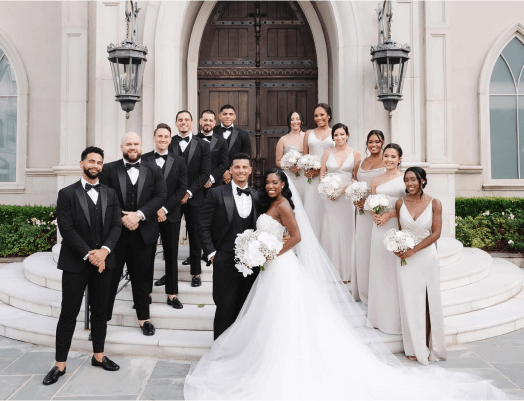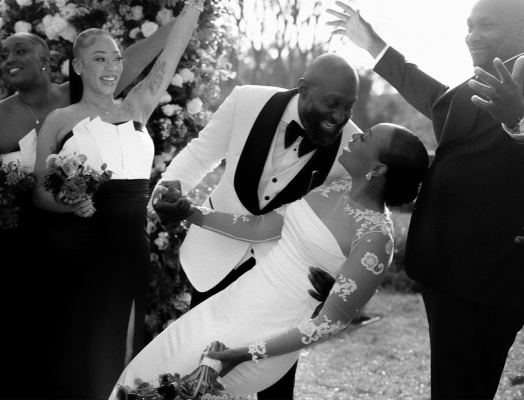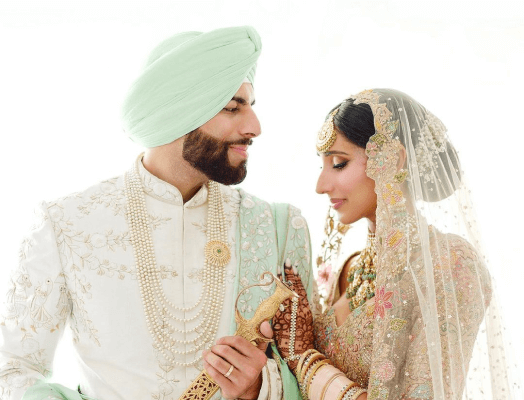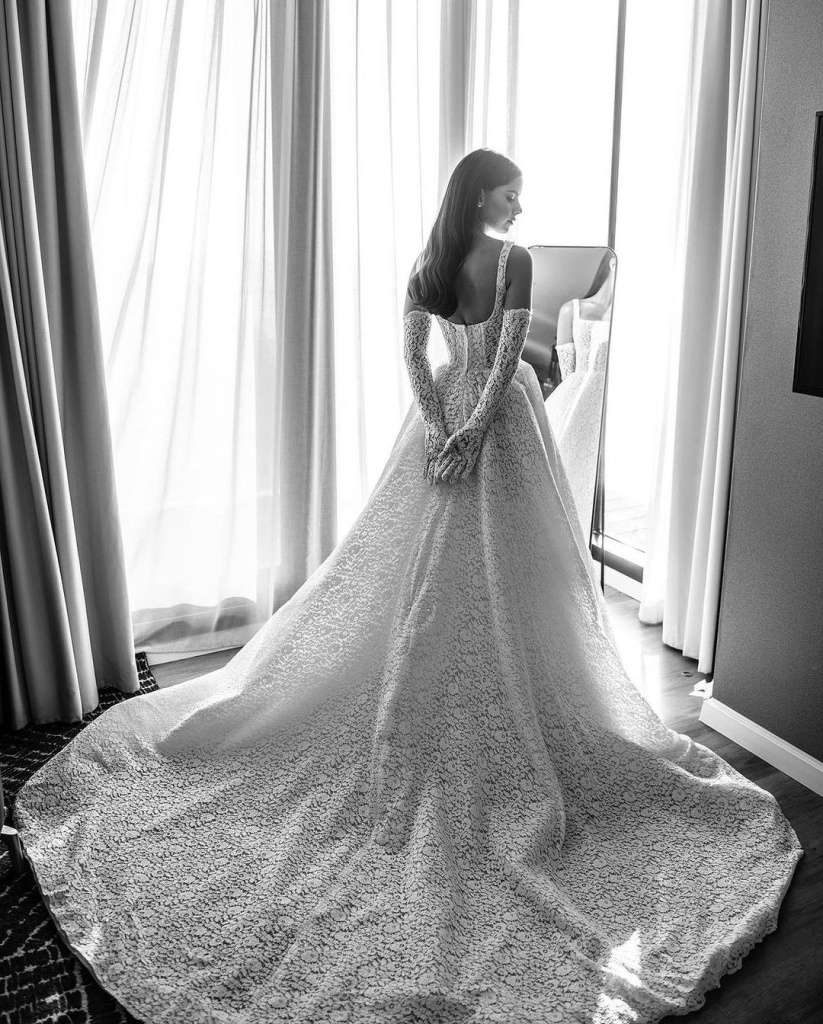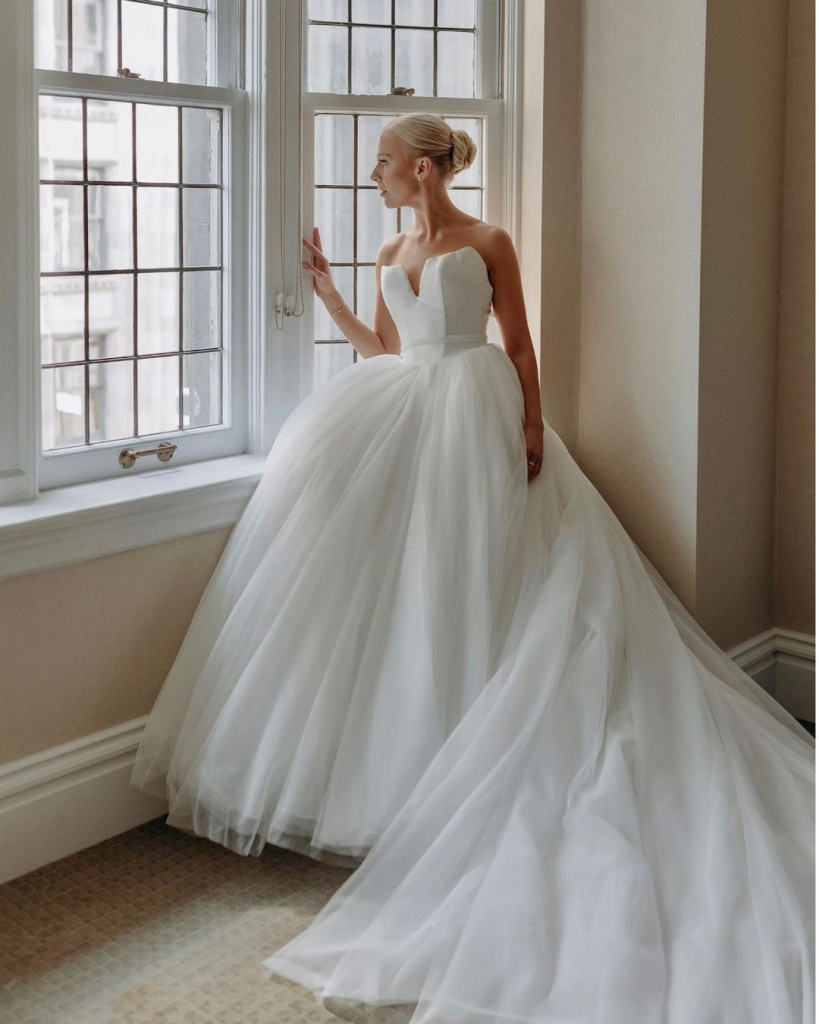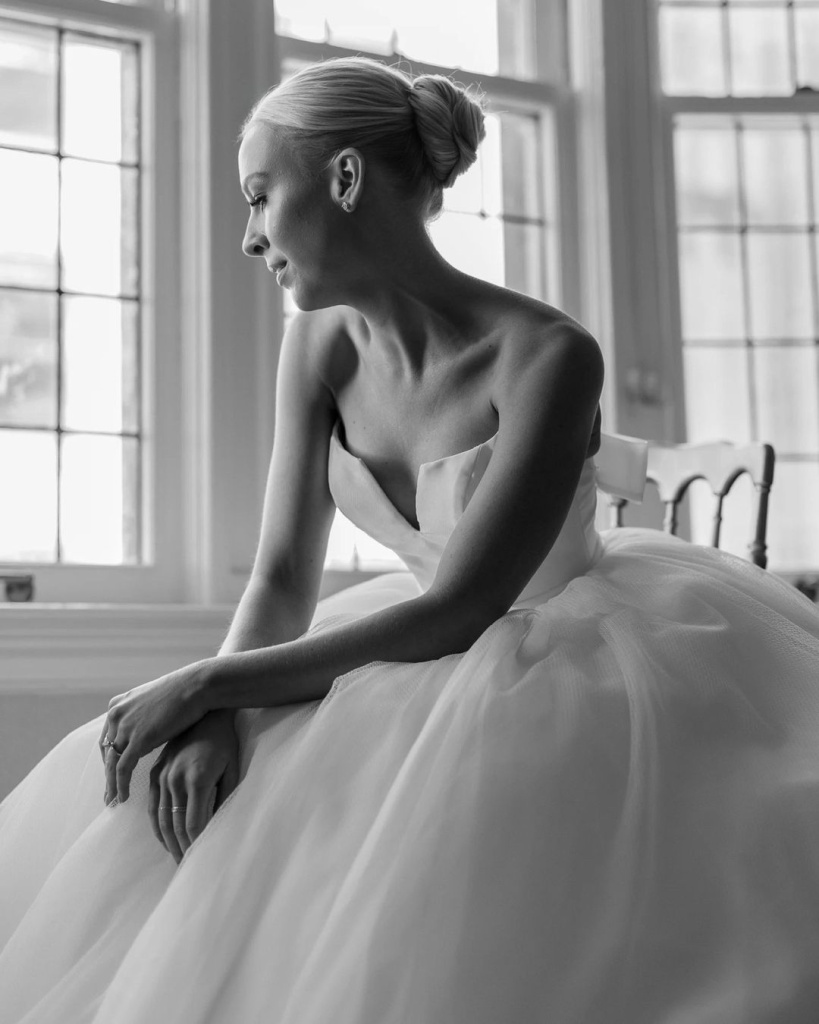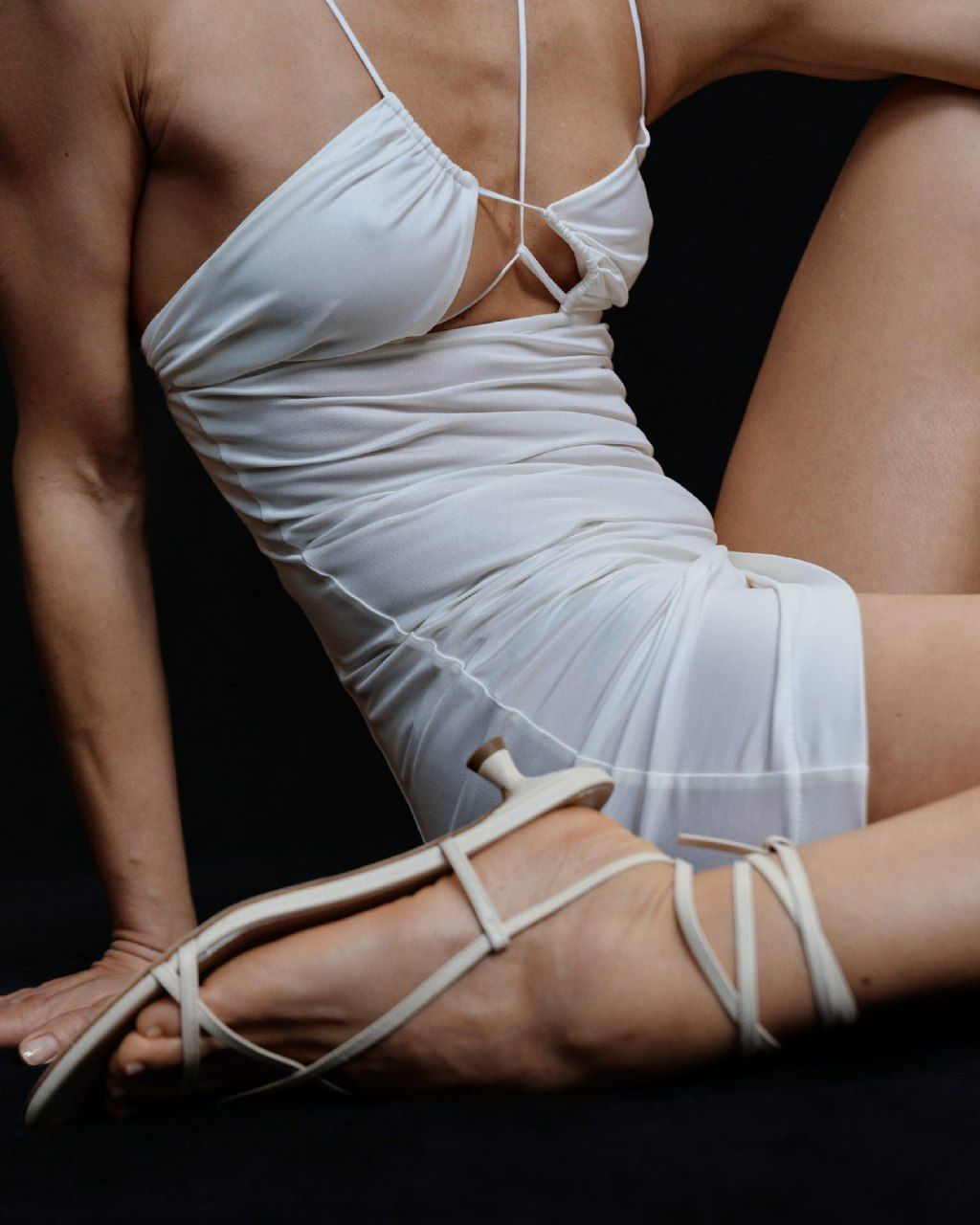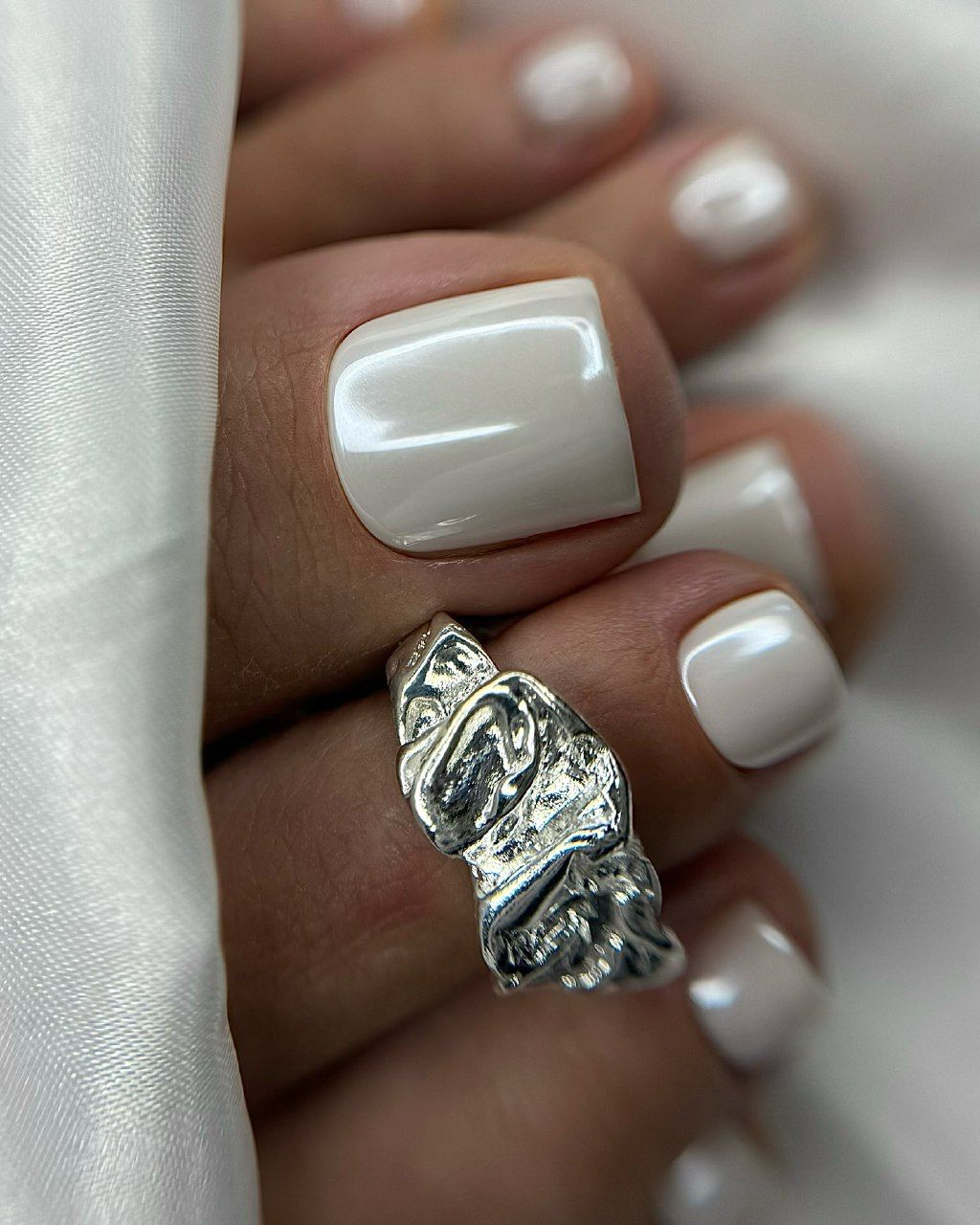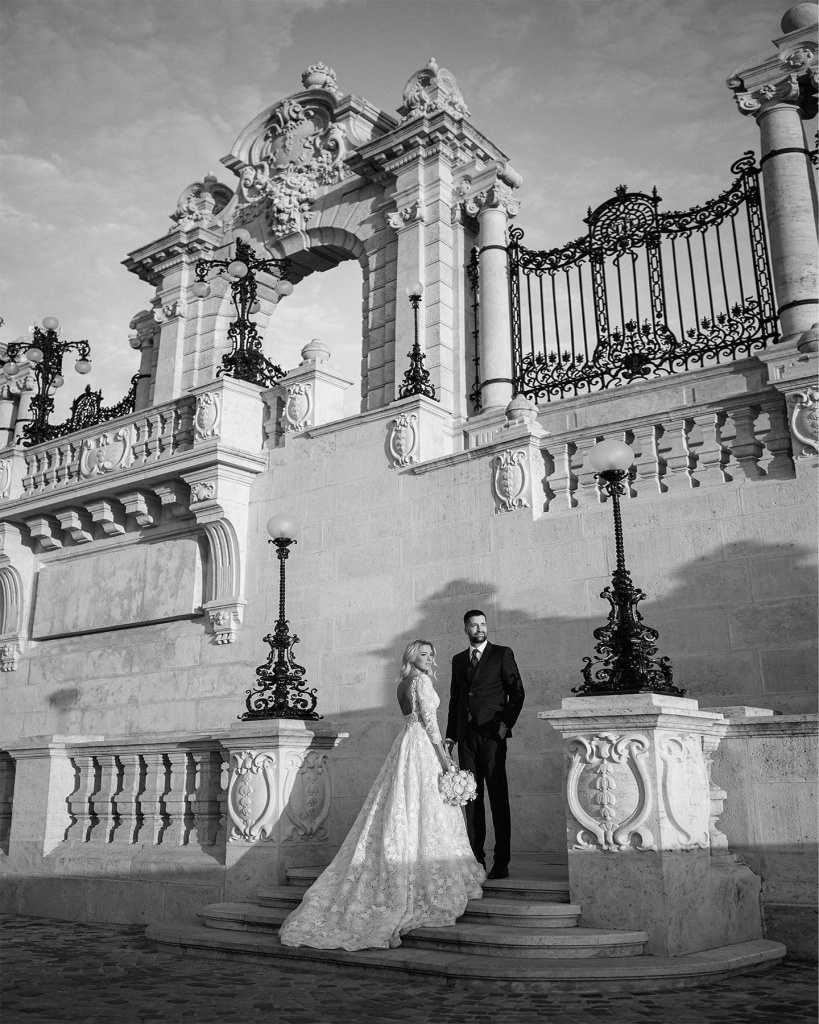Wedding Dress Alterations: Your Key to a Perfect Fit on the Big Day
- Author: Natali Grace Levine
- Reading time: 4 min 35 sec
- Publication date: 06/02/2024
- Updated: 01/16/2025
When it comes to your dream wedding dress, finding the perfect fit is crucial. After all, you want to feel confident, comfortable, and absolutely stunning as you walk down the aisle. That's where wedding dress alterations come into play. These tailoring services are designed to ensure your bridal gown hugs your curves in all the right places, creating a flawless silhouette that reflects your personal style.
Find Your Perfect Wedding Vendors
5 Dress Alterations Tips for a Flawless Fit


Finding your dream wedding dress is an unforgettable moment, but ensuring it fits like a glove is equally important. Dress alterations are a crucial step in achieving a flawless, customized fit that flatters your figure and allows you to feel confident and comfortable on your special day. From scheduling fittings to communicating your vision, here are five essential tips to guide you through the dress-altering process.
Schedule Your Appointments Early
Don't wait until the last minute to book your dress alterations. Reputable seamstresses and bridal salons can get booked up quickly, especially during peak wedding season. Aim to schedule your first fitting appointment at least 3-4 months before your wedding date to ensure sufficient time for multiple fittings and any necessary adjustments.
Bring Your Shoes and Undergarments
When you go for your fittings, make sure to bring the exact shoes and undergarments (including shapewear or corsets) you'll be wearing on your wedding day. This will allow the seamstress to accurately determine the proper dress length and overall fit, taking into account the height of your heels and any smoothing or shaping effects from your undergarments.
Communicate Your Vision
Don't be afraid to speak up about what you want. Clearly communicate your desired look and any specific alterations you have in mind, whether it's a modified neckline, added straps, or a more form-fitting silhouette. Provide inspiration photos or sketches to help your seamstress understand your vision. At the same time, be open to their professional suggestions based on their expertise and knowledge of what will flatter your body type.
Consider Bustle Options
If your dress has a train, discuss the different bustle options with your seamstress during your first fitting. A bustle is a way to elegantly gather and secure the train off the ground for the reception, allowing you to move freely and dance without tripping. Options may include an under-bustle (train tucked beneath), an over-bustle (train gathered on the outside), or a combination bustle. Your seamstress can guide you on the most suitable and secure bustle style for your dress.
Be Patient and Flexible
Bridal gowns alterations can take time, and multiple fittings may be necessary to get the perfect fit. Be patient throughout the process and understand that adjustments may need to be made along the way. Additionally, be flexible with your schedule, as your seamstress may need to accommodate other brides as well. Trust your seamstress's expertise and be open to their recommendations, as their goal is to ensure you look and feel your best on your wedding day.
FAQs About Wedding Gown Alterations
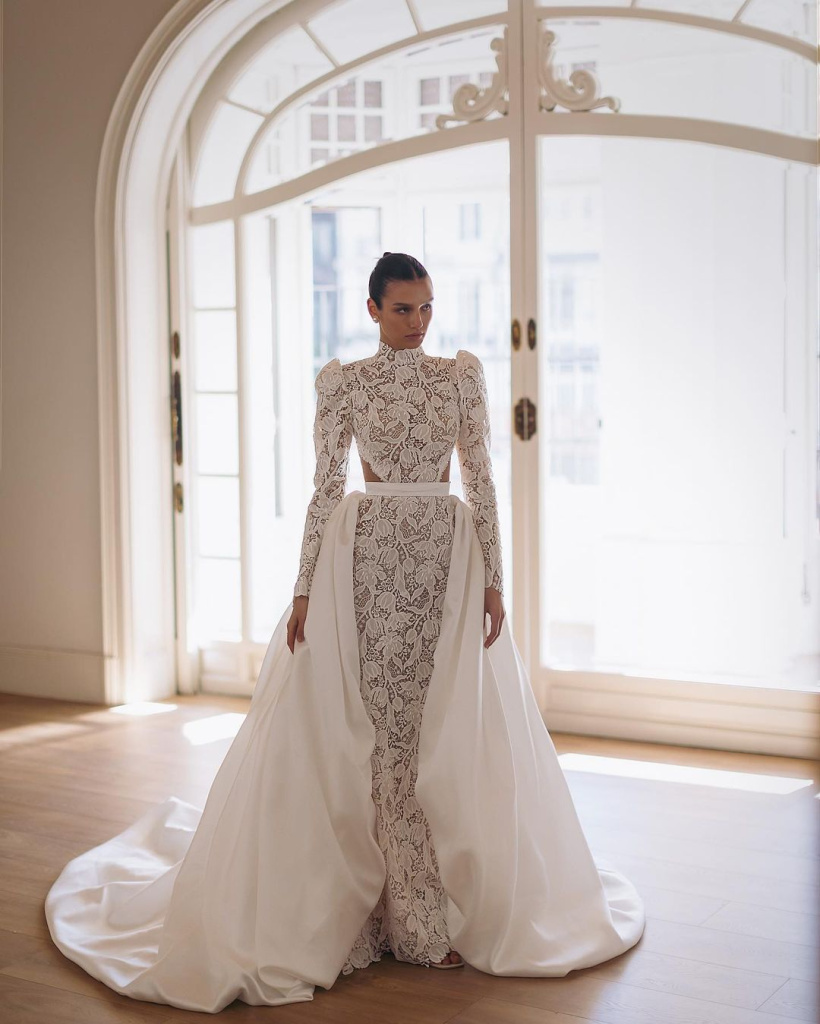
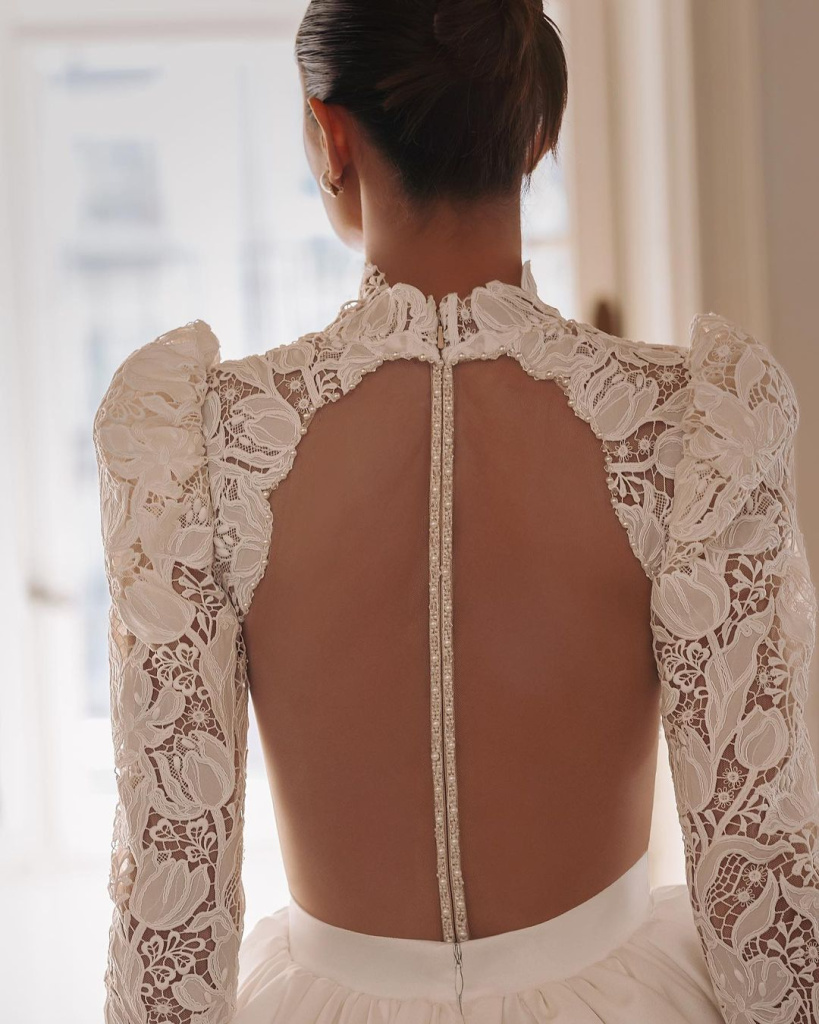
Wedding dress alterations are often an essential step in achieving the perfect fit and look for your big day. With so many details to consider, it's natural to have questions about the alteration process. Here are some frequently asked questions and thorough answers to help guide you.
When should I get my wedding dress altered?
It's recommended to start the alteration process at least 2-3 months before your wedding date. This allows sufficient time for multiple fittings, adjustments, and any unexpected delays. Keep in mind that popular seamstresses and bridal salons may have limited availability closer to peak wedding season, so booking early is advisable.
How long do wedding dress alterations take?
The duration can vary depending on the complexity of the alterations and the seamstress's workload. Simple alterations like hemming or taking in the sides may only take 2-4 weeks, while more extensive changes involving restructuring the dress or adding intricate details could take 6-8 weeks or longer. Most seamstresses will provide an estimated timeline during your initial consultation.
How do I find a reputable seamstress or bridal salon for wedding dress alterations near me?
Start by asking for recommendations from friends, family members, or your bridal boutique. You can also search online directories and review sites for highly-rated seamstresses or bridal salons in your area that specialize in wedding dress alterations. Look for professionals with extensive experience, positive customer reviews, and a portfolio of their work.
What types of alterations are commonly needed for wedding dresses?
Common alterations include hemming the dress to the perfect length, taking in or letting out the bodice and waist for a precise fit, adjusting the straps or sleeves, and adding or removing elements like a bustle, belt, or embellishments. More complex alterations may involve restructuring the neckline, adding or removing sleeves, or resizing the entire dress.
Can I alter a sample or off-the-rack wedding dress?
Yes, most dresses can be altered, whether they're a sample gown from a bridal boutique or an off-the-rack dress from a department store. However, it's essential to consider the dress's construction, fabric, and any intricate detailing to ensure alterations are feasible and won't compromise the integrity of the design. Your seamstress can evaluate the dress and advise on the best course of action.
How much do wedding dress alterations typically cost?
The cost can vary widely depending on the complexity of the alterations, the seamstress's rate, and the materials needed. Simple alterations like hemming or taking in the sides may cost $100-$300, while more extensive alterations involving restructuring or adding details could range from $300 to $800 or more. High-end designer dresses or those with intricate beading or lace may also incur higher alteration fees. During your initial consultation, ask for a detailed estimate to avoid surprises.
Can I make significant changes to my wedding dress during alterations?
While alterations can adjust the fit and make minor changes, significant alterations like completely redesigning the dress or changing the fabric may not be possible or could be costly. Your seamstress can evaluate the feasibility and provide advice on the best approach. In some cases, it may be more practical to purchase a new dress that better aligns with your desired look.
How do I ensure my wedding dress alterations are done correctly?
Communication with your seamstress is key. Attend all fittings, provide clear feedback, and don't hesitate to ask questions or express concerns. It's also essential to work with a reputable and experienced professional who specializes in bridal alterations. Review their portfolio, read customer reviews, and trust their expertise. If you're unsatisfied with the work, address your concerns promptly to allow time for corrections before the wedding.
By understanding these common FAQs and following the guidance of a skilled seamstress, you can navigate the wedding dress alteration process with confidence, ensuring your dream dress fits perfectly and complementing your vision for your special day.







